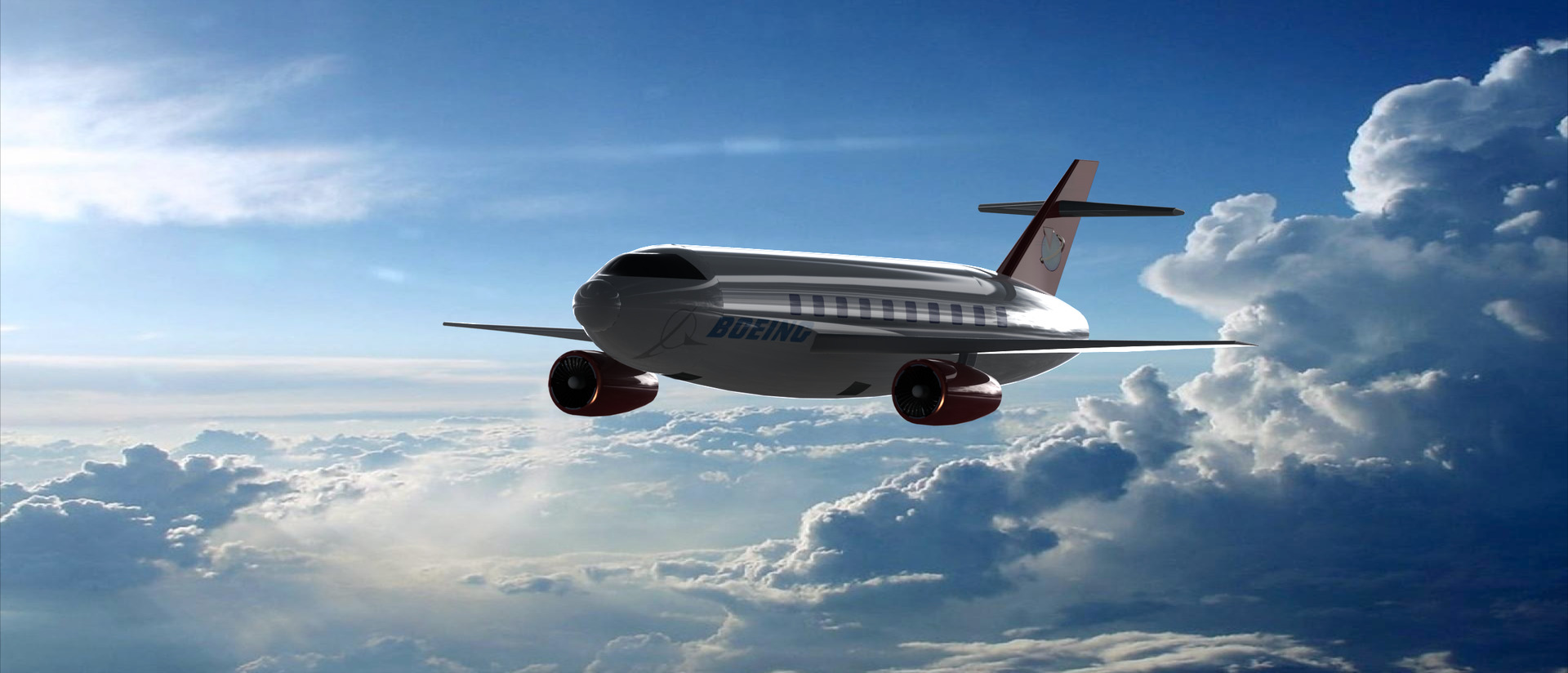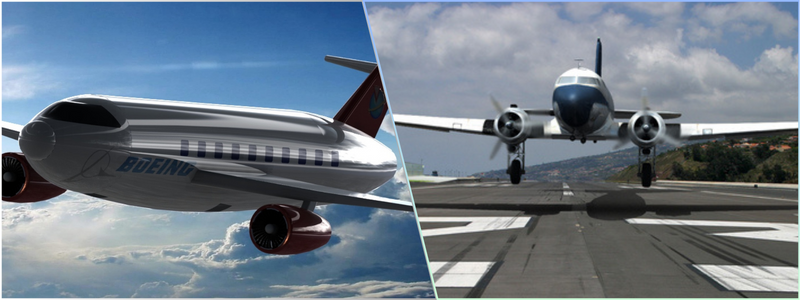Like other fields, the aerospace industry needs a competitive edge to overcome challenges. 3D printing is helping aerospace find an advantage and overcome obstacles. 3D printing is now being adopted to develop higher-risk parts. Key industry players feel more confident moving past aerospace components parts into critical systems and secondary structures applications. But how does 3D printing services impact the aerospace supply chain in the first place? The benefits of using 3D printing components for the aerospace industry are plentiful, and some of these are the following:
 Table of contents
Table of contents
- How 3D printing services have impacted aerospace supply chain
- Certification and qualification for 3D printing in the aerospace supply chain
- 3D printing applications in the aerospace industry
- Global possibilities await the aerospace industry with 3D printing
- The bottom line
- How Cad Crowd can assist
How 3D printing services have impacted aerospace supply chain
1. 3D printing enables timely manufacturing, production & distribution of parts
One of the critical drivers of faster time to market in the aerospace field is innovations in the supply chain that facilitate quicker production of parts. Time-to-market is crucial for success regardless of the industry in question. On-demand manufacturing is the best way to expedite your production cycles. Whatever qualifications or certifications are required, the manufacturing process can use standard equipment with no need for part-specific tooling just to come up with specialized components no matter where you are.
3D printing can help accelerate production timelines. With all design files in digital form, aerospace engineering firms can easily customize them according to specific use cases. Since 3D printing doesn’t need mold or tool changes, the process is focused exclusively on updating designs. However, mass customization doesn’t necessarily mean a single size. It allows for reducing production quantity from 10,000 using traditional manufacturing techniques to as low as 100 with 3D printing.
RELATED: How 3D modeling technology enhances aviation design services for aerospace companies
2. Cut back on supply chain costs
Shrinking a component from 80 individual parts to just one part, for example, has a significant trickle-down effect on the entire supply chain. This reduction of parts will result in a leaner supply chain. Imagine a tighter and more improved supply chain with a more consistent and reliable production level. The aerospace industry, for example, no longer requires a front-end factor to produce metal parts that still need to be sent to the machine shop, where they will be finished before shipping to the destination.
Vertical integration is now possible with self-sustaining machine shops using ordinary and certified powder to deliver components and parts. Vertical integration opens the door to localized production and can help reduce the lead times and shipping costs that traditional manufacturing techniques often require.
3. Simplify parts through BOM consolidation
Many design engineering companies have enjoyed more freedom in design with the help of 3D printing. 3D printing can bring so much to the table from a design perspective. However, the secret here is to think beyond the individual parts. For instance, a fan in a cooling system comprises several time-consuming and labor-intensive parts. With the help of 3D printing, you can consolidate the fan down to just one part. However, the benefits can go beyond the design itself. The use of 3D-printed parts can reduce potential failure points and assembly time.
RELATED: Freelance aerospace engineering services, cost, rates, and pricing for companies
Through this, 3D printing technologies simplify the parts and reduce the waste produced by traditional subtractive manufacturing techniques. Even though simplification is the main advantage of 3D printing in the aerospace industry, it also gives the chance to manufacture complicated designs that are impossible to make with traditional methods such as injection molding. It gives engineers the design freedom to develop parts that can render maximum performance. It means you can use more brilliant design geometries from a manufacturing perspective. It can also eliminate fixture and tooling costs and improve the lifecycle and durability of parts.

Certification and qualification for 3D printing in the aerospace supply chain
Industries with the most significant and complex compliance and qualification requirements, such as aerospace, can enjoy the most important benefits of 3D printing design services. For technology to shift from niche to broader industrial use, it must undergo several essential maturity stages. The first stage is the necessary engineering rigor to guarantee repeatability and stability for volume or large-scale manufacturing. The next stage is the characterization and documentation required for qualification efforts; this is where 3D printing is.
RELATED: How the aerospace industry is using CAD design services: drafting, modeling, and prototyping
Generally, 3D printing can provide high-quality production worldwide with the help of distributed manufacturing. However, a few best practices should be in place to cater to the stringent demands of aerospace manufacturing before turning this capability into a reality. Standard processes should also be across several locations to allow true build portability. These include consistent input materials, proper equipment calibration, a secure digital file transfer mechanism, standard equipment, and proper quality certifications.
3D printing applications in the aerospace industry
The first-ever 3D-printed aircraft parts used worldwide were in an Airbus test aircraft that sped down the airstrip in 2014. It was a tiny titanium bracket part of the tower to secure the engine. Since then, 3D printing has enjoyed a rapid escalation, although new concept design & product development firms continue to learn and master how to adapt to the different 3D printing solutions to gain and leverage its many benefits. These include lowering costs, shortening time to market, and maximizing production output.
RELATED: What is 3D printing? A beginner’s guide
Commercial airplanes
There is also a skyrocketing demand for new commercial airplanes. The global fleet doubles every 15 years. 3D printing can assist companies with the intimidating mountain of orders to reduce their production time. For instance, in November 2018, Airbus reported a backlog of over 7,000 aircrafts. Considering the existing process, this figure is equivalent to a production time of nine years. Similarly, Boeing’s commercial aircraft backlog was almost 6,000 at the end of September 2018.
Several internal features in aircraft design often don’t lend themselves by complexity or volume to injection composites and other molding processes. While traditional metalworking can make creating these parts more time-consuming and expensive, 3D printing can simplify the process. This capability can be beneficial in the aerospace industry for producing turbine and engine parts, cabin interior components, and parts with more defined aerodynamic properties. The entire process can also be done at a lower cost within a shorter timeframe.
Since 3D printing enables easy customization, part consolidation, and on-demand manufacturing, design for manufacturing (DFMA) companies in the aerospace industry can substantially cut down their time to market. 3D printing is at least 2x faster than traditional methods of manufacturing. It can even reduce time to market by more than half in aerospace manufacturing. However, the aviation influx always comes with a price. Twice the number of aircrafts that circle the world means more excellent noise roaring from overboard, heavier carbon emissions, and higher fuel consumption.
RELATED: 7 Benefits of additive manufacturing for product design & development
Environmental-friendly design
The good news is that 3D printing can also help mitigate the environmental impact of aircrafts. 3D printing can help make an aircraft lighter by up to 55%. For instance, the Boeing 737-800, the average-sized plane that most popular commercial airlines fly, has an average weight of 90,000 pounds, excluding the passengers and fuel. However, a 55% reduction can lower it to just over 40,000 pounds.
Since an aircraft’s weight directly correlates with the airframe’s helpful life and fuel consumption, it will also reduce its fuel consumption. Simply put, design for additive manufacturing services can help increase the overall sustainability of the present and future aerospace industry.

Global possibilities await the aerospace industry with 3D printing
On-site production is ultimately the most significant benefit of 3D printing in the aerospace industry. Transporting materials and parts can incur costs in terms of money and time. But 3D printing makes it possible to print customized components on location. The potential for an internationally distributed manufacturing network can improve overall efficiency and provide substantial savings.
RELATED: Unlocking the advantages of 3D printing spare parts for your company’s success
This will product design companies to keep ideal inventory levels to boost productivity and make way for new value chains in the aerospace industry verticals. This capability can enable future companies to do more than act and think globally. It can give them the chance to operate beyond the planet’s boundaries. 3D printing might be the key to exploring space and embarking on planetary and lunar colonization.
The bottom line
Whether it is used to print a wrench made from lunar dust for the very first settlers on Mars or help an airline finish its backlog of orders, 3D printing and its many possibilities in the aerospace industry go beyond Earth’s atmosphere. It will be exciting to see and look forward to the new applications that will come to fruition as 3D printing establishes itself as a critical tool in aerospace. But one thing is for sure: the aircraft of the future and beyond will only be able to get off the ground and soar to great heights with the help of 3D printing.
How Cad Crowd can assist
Cad Crowd offers aerospace engineering and 3D printing services to companies such as NASA. Contact us for a free quote if your organization needs help with aerospace and CAD designs.
